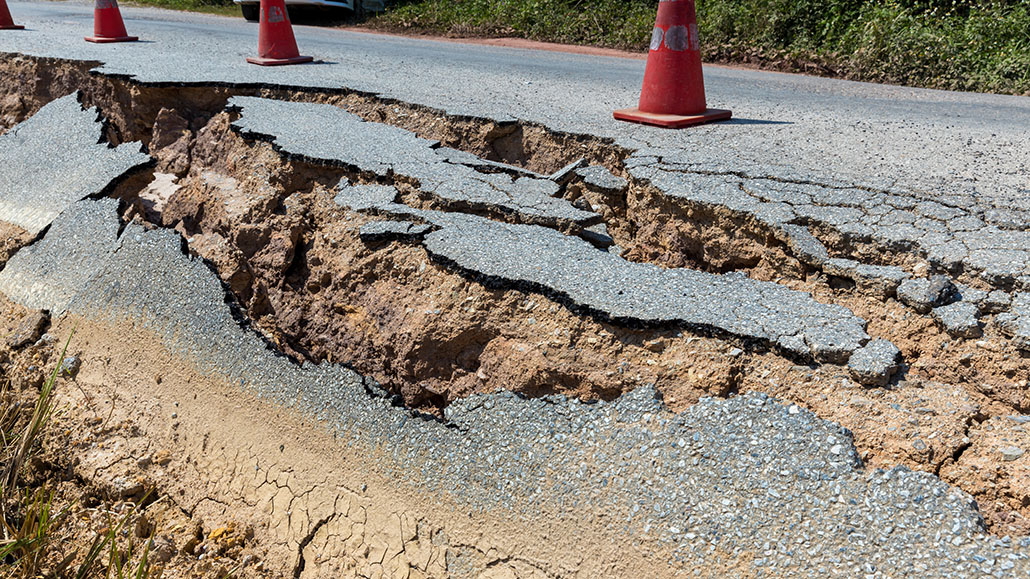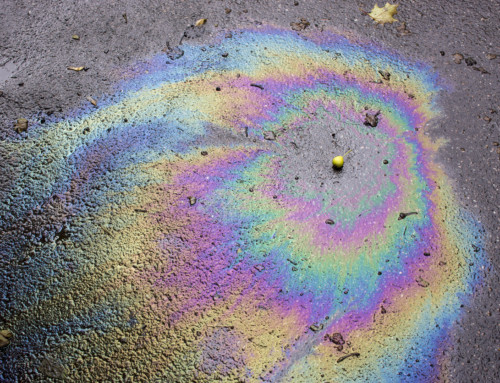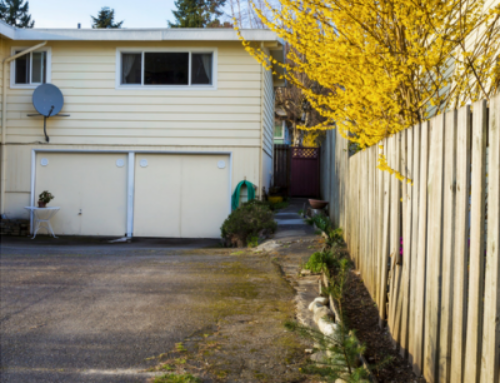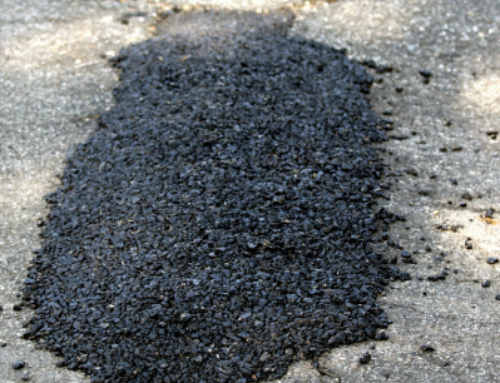
Asphalt is one of the most durable and cost-effective paving materials, making it a popular choice for residential and commercial uses worldwide. Here in Abbotsford, and throughout the Vancouver metro area, the climate and weather conditions can contribute to an increased risk of asphalt failure. Knowing how to spot the signs of asphalt failure, make needed repairs, and put prevention techniques in place is essential for keeping an asphalt surface looking its best and functioning properly. Let’s talk about how to spot the signs, the best preventive measures to take, and special considerations for colder climates.
Signs of Asphalt Failure
Learn to recognize the most common signs of impending asphalt failure to stop minor, fixable issues from turning into massive, costly repairs:
- Cracks: Small cracks can expand over time if not patched promptly. These cracks allow water to infiltrate the base layer under the surface, compromising the pavement’s integrity from below.
- Potholes: If cracks go unrepaired, water infiltration of the base layer will start a freeze-thaw cycle, leading to sections of asphalt collapsing or breaking away completely.
- Rutting: Heavy traffic can cause deep ruts in sections of asphalt that aren’t compacted properly, signaling that the underlayers are unstable.
- Fading Color: Asphalt that has faded under constant UV exposure from the sun will become brittle and be more prone to cracking.
Preventing Asphalt Failure
Preventive maintenance is the golden ticket to years of attractive, structurally sound asphalt. Be sure to take these steps to keep your asphalt surface looking great:
- Sealcoating: Apply a protective sealcoat layer every 2–3 years to guard against water, UV damage, and chemical spills, like oil or gasoline.
- Crack Filling: Prevent water infiltration and damage to the base layer by filling in cracks as soon as you notice them.
- Proper Drainage: Drainage issues lead to standing water on the asphalt, a leading cause of asphalt degradation. Make sure the surface slopes properly to avoid this.
- Routine Inspections: Identify potential problems before they worsen, saving you from expensive repairs, by conducting routine inspections of the asphalt surface. We recommend a self-inspection at least monthly and a professional inspection every 1-2 years.
Risks of Asphalt Failure in Colder Climates
Colder climates, like ours here in BC, present challenges for maintaining asphalt surfaces. The freeze-thaw cycle is particularly damaging, beginning with water penetrating cracks in the asphalt surface. The water then freezes and expands, causing the cracks to widen over time. Repeated cycles of freezing and thawing lead to depressions, potholes, heaving, and an unstable base layer.
Snow and ice also mean frequent plowing and the use of de-icing chemicals, which can impact the asphalt’s integrity. Without proper inspections and maintenance, the constant assault of weather and traffic can drastically shorten the lifespan of your asphalt.
Trust the Experts to Protect Your Investment
Prevent asphalt failure by knowing how to identify early signs of failure and taking preventive steps to preserve the asphalt’s integrity. At TopWest Asphalt Ltd. in Abbotsford, we specialize in high-quality asphalt installation, maintenance, and repair services for residential, commercial, and agricultural clients in southern BC and the greater Vancouver metro area. We understand how to keep asphalt looking great in colder climates and provide tailored solutions to ensure the longest lifespan possible. From sealcoating to crack filling to complete resurfacing, we’ve got you covered. Schedule a free consultation for your asphalt project or maintenance today by calling TopWest Asphalt Ltd. at 604-755-0300 or request an estimate online.




